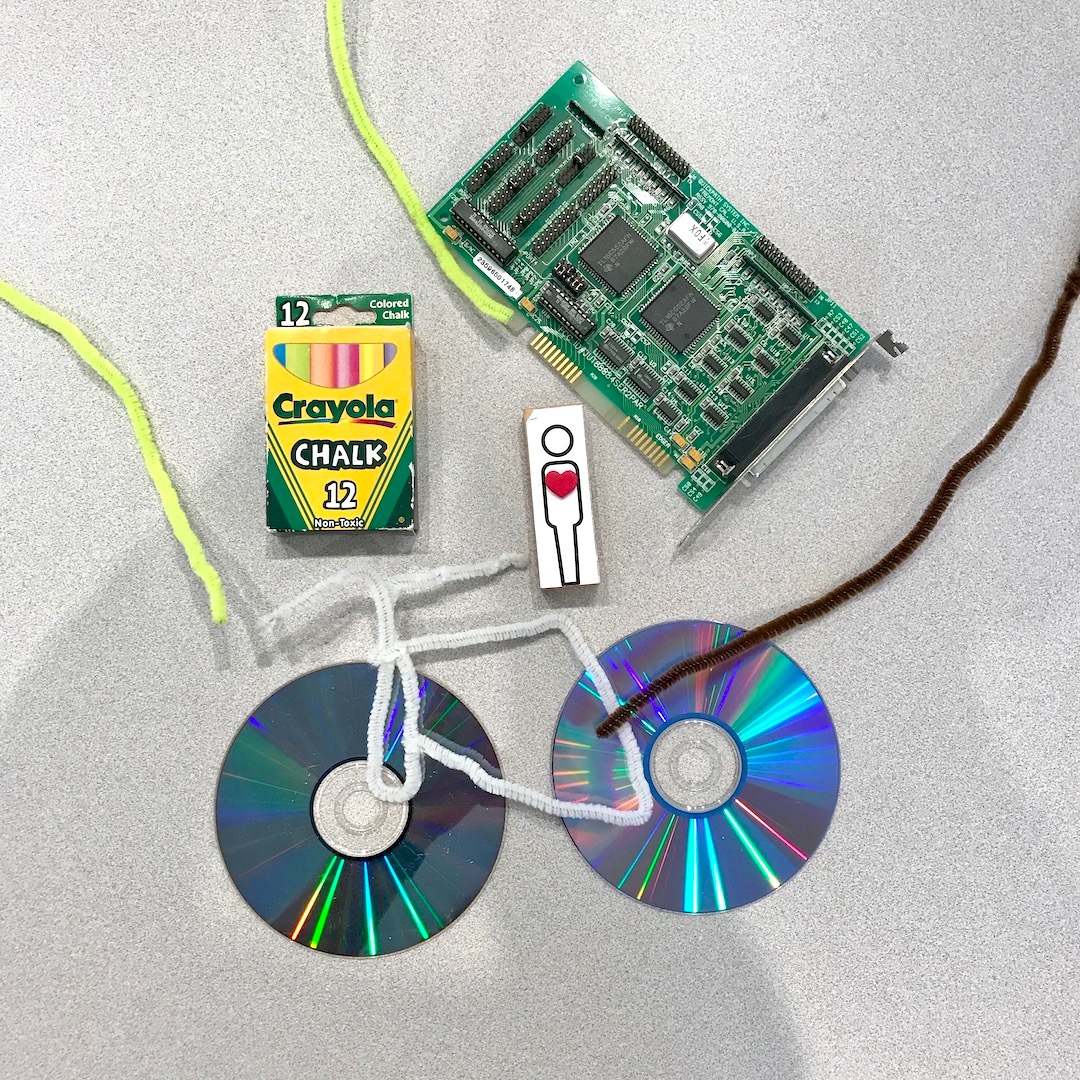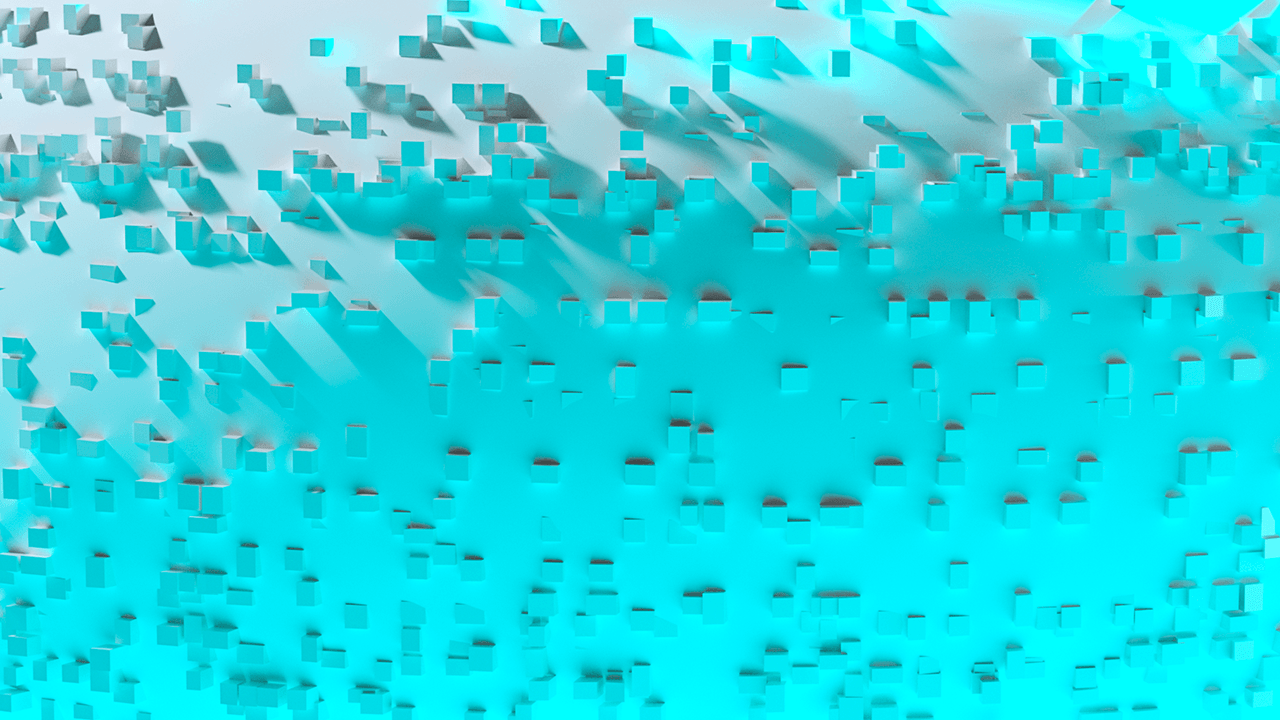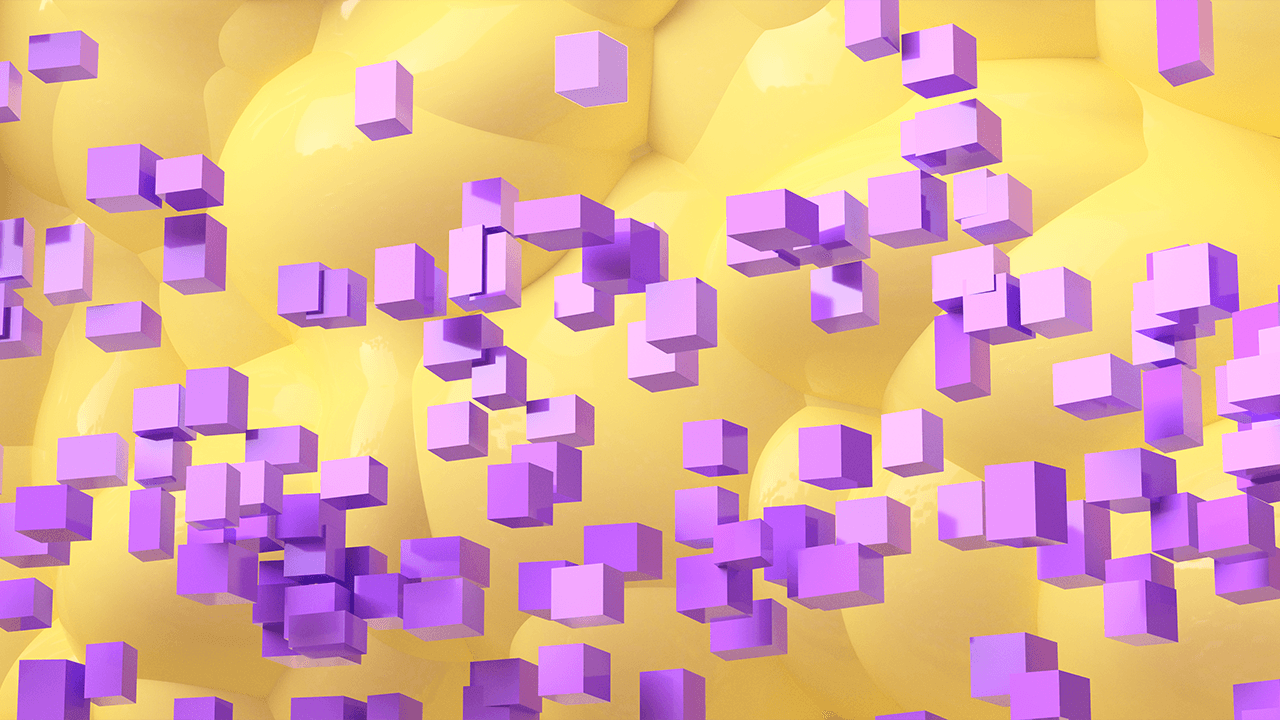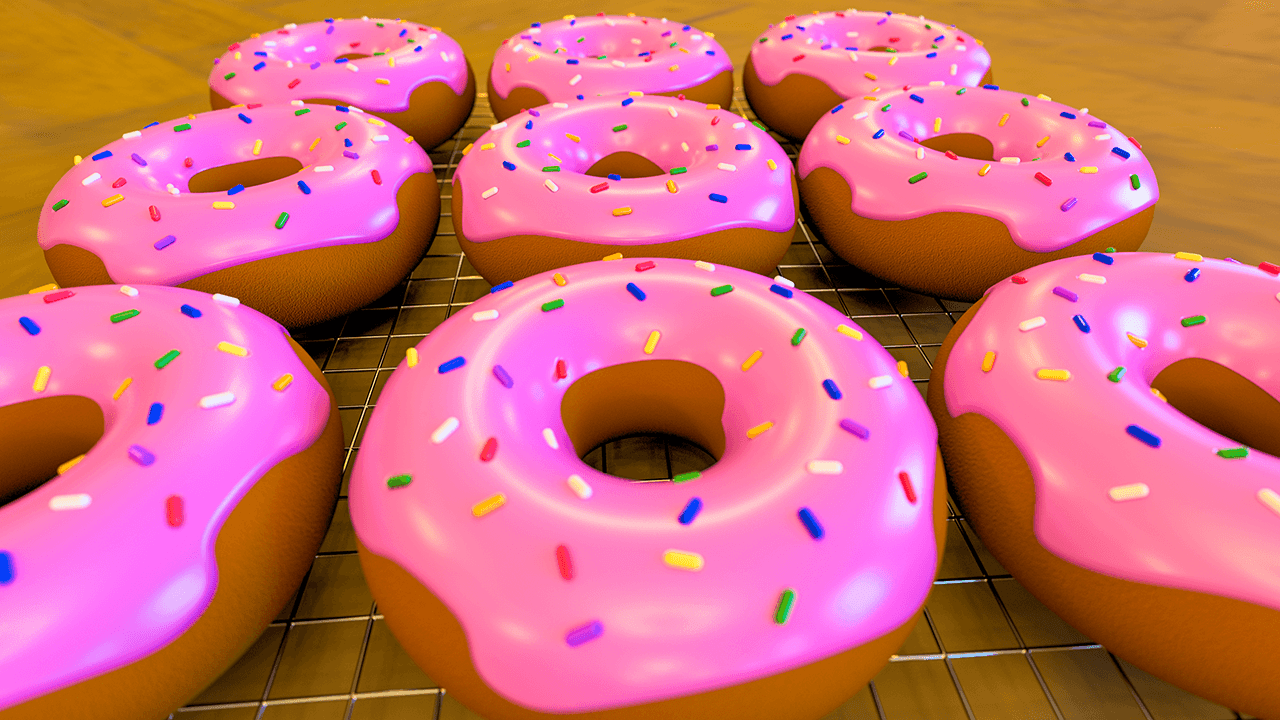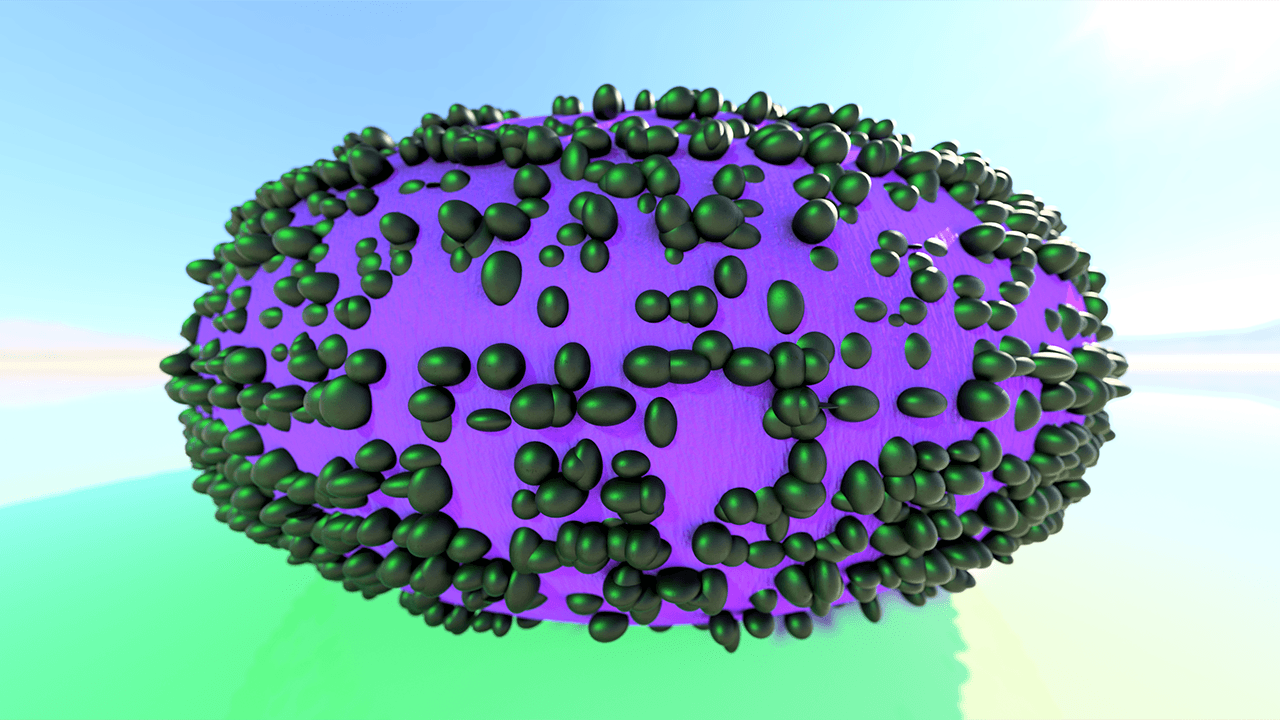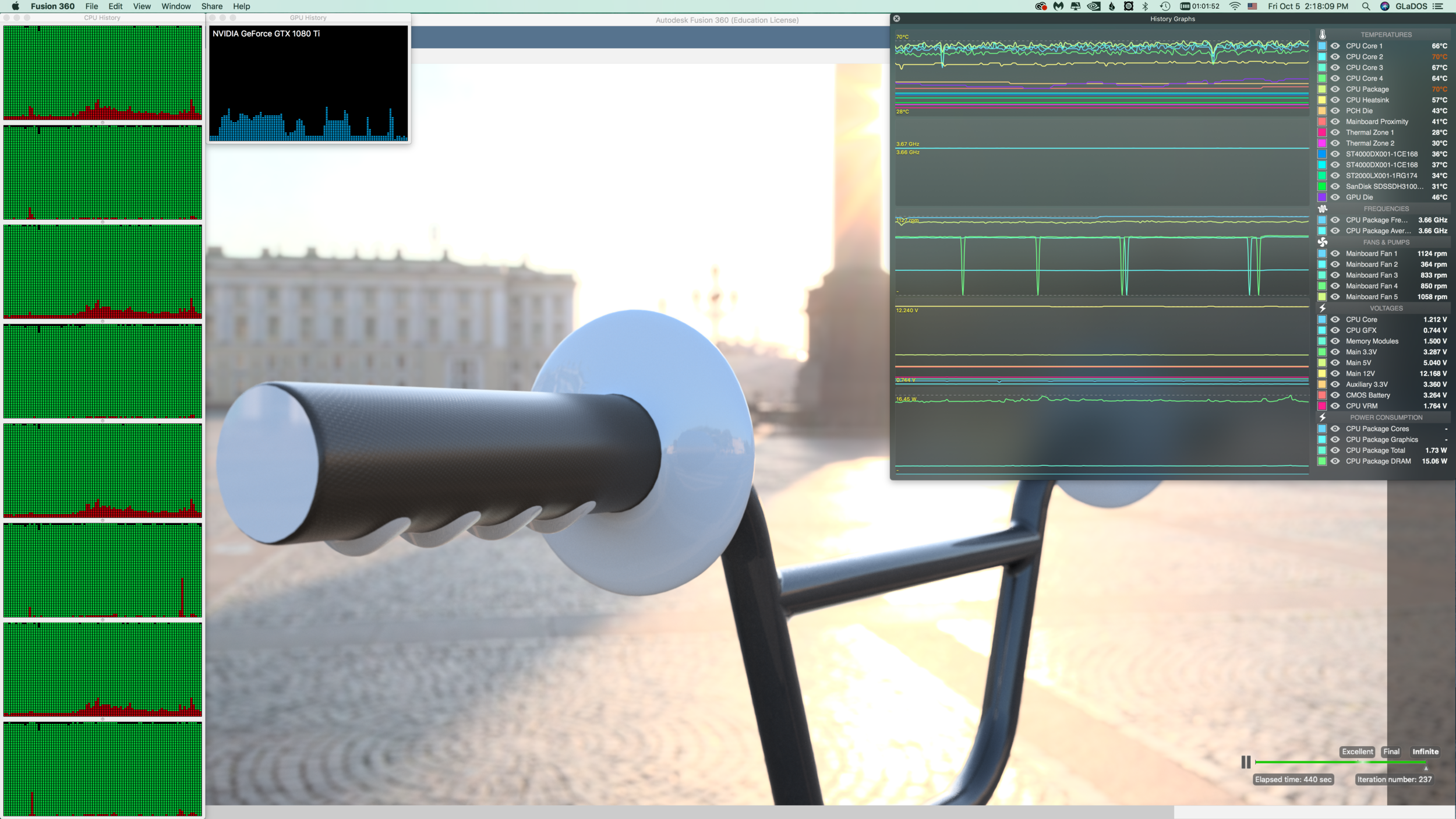Climate change represents an existential threat to all human and non-human life on our planet. This is a global crisis. It is a complex, compounded problem, representing a multitude of technological, political, and economic challenges; as big and complex as they are, we should welcome these challenges. We can start by reframing the debate. Later this month, families in the United States will gather to celebrate Thanksgiving. You may find yourself sitting at a table with someone who opposes the radical transformations necessary to address the climate emergency — someone who refuses to acknowledge the dire warnings from climate scientists, and who sees no real need to change our economy, food production or modes of transportation. Instead of browbeating them for their lack of concern or sense of ecological stewardship, consider this alternative: talk about how exciting this transformation could be.
Sustainability cannot be achieved if the only source of inspiration is our fear of a climate catastrophe. We need enthusiasm and a sense of adventure; we need to dream of big, radical shifts from the brightest corners of science fiction. We need to inspire people’s imagination, and show them a future that is possible: with proper planning and investment into new technologies, we can build something better. Recycling our plastic bottles, taking public transportation or riding a bicycle to work might make us feel good about our carbon footprint (and if you do these things, thank you), but these kinds of actions do little to inspire. We need a moonshot of new technologies that make fossil fuels obsolete. This cannot be a lateral transition.
One of the most common objections to adopting the necessary changes and policies to address climate change (e.g., generating 100% of our electricity from solar, wind, and other renewables, massive expansion of public transportation infrastructure, abandoning fossil fuels in virtually every area of the global economy, sweeping reforms to agricultural practices and global trade, etc.) is the notion that these changes are both radical and sudden. In fact, these changes are. It is radical to reshape how people power their homes, what they eat, or how they commute to and from work. The IPCC says that “unprecedented and urgent changes” are needed to keep warming below 1.5°C, and that failing to meet that goal will have catastrophic impact. In fact, even with the target of 1.5°C we are likely to see significant ecological impact beyond what has already taken place.
What these objections fail to account for is that radical change is happening, and it will continue so long as new technologies are being developed. At the beginning of the twentieth century, most people traveled long distances by rail, ships, or even by riding on the backs of domesticated animals. The Wright brothers sparked a radical change in 1903, when they successfully completed the first heavier-than-air powered flight in Kitty Hawk, North Carolina. Less than thirty years later in 1927, Charles Lindbergh became the first aviator to successfully complete a non-stop trans-Atlantic flight. A little more than a decade later in 1941, the Japanese Imperial forces launched a massive naval air strike against the United States Pacific Fleet at Pearl Harbor. That same decade, in 1947,Chuck Yeager became the first pilot to break the sound barrier. Roughly twenty years after that, in 1969, Neil Armstrong walked on the moon. By the end of the twentieth century, massive fiberoptic networks and satellites connected people from around the world and enabled communication at the speed of light.
It is an undeniable fact that some of the most transformative technologies of the twentieth century were not planned by governments or voted on by the consent of the public, but instead began with hobbyists. From powered flight to the home computer, radical change can come from the most humble beginnings. With proper funding, institutional support, public and private investments, and an insatiable drive for continual improvements, these new technologies have reshaped every aspect of our daily lives.
Even though it is commonplace today, flying on a commercial jet is still an adventure. One century ago, the wealthiest and most powerful people in the world could not enjoy the convenience or speed we now take for granted. It is an optimistic act to step inside of an aluminum tube and to trust total strangers to safely accelerate to over five-hundred miles per hour, thirty-thousand feet above the ground.
Unfortunately, this miraculous convenience comes at a heavy price: air travel is also a major source of greenhouse gas emissions. According to one study from 2016, air travel alone could account for a quarter of our carbon budget by the year 2050. This is alarming but not hopeless. We do not need to abandon air travel and or return to riding on the backs of horses. The fundamental physics of aviation do not even require burning fossil fuels. In fact, there are already a number of prototype hydrogen-fueled aircraft that fly without producing any carbon emissions. Research indicates that hydrogen is the most suitable alternative fuel; hydrogen is abundant (it is the most common element in the known universe) and because it burns clean, it could extend the life of jet engines by 25%.
Why stop there? Jet A-1 (one of the most common jet fuels in use today) was developed in the 1950s. Considering the rapid progress of modern aviation, why should we continue to use a seventy-year-old fuel? Jet A-1 has a maximum burn temperature of roughly 4,000°F; that is impressive, but hydrogen can burn over a thousand degrees hotter at 5,100°F. The byproduct of burning this fuel is water vapor. What can we do with that extra thermal energy? SABRE hypersonic Reaction Engines are currently in development, and could potentially lead to commercial aircraft with a speed of over 4,000 mph. That’s three times faster than the (now defunct) supersonic Concorde airliners.
Imagine flying from New York to London in one hour.
That’s exciting, but I forgot to mention something: that speed only accounts for altitudes of 30,000 feet. Hydrogen-oxygen engines, unlike their antiquated kerosene-burning counterparts, are not dependent on atmosphere for their combustion. At higher altitudes, where there is no atmosphere or wind resistance, these hypersonic jets could reach speeds of up to 19,000 mph. Imagine flying from London to Sydney in less than four hours. This is radical change; it is faster, higher, hotter, and cleaner than anything we have ever built before, but it is not unprecedented. This is what we have always done: better, and more exciting.
United Nations, “Special Climate Report: 1.5ºC Is Possible But Requires Unprecedented and Urgent Action” 08 October, 2018. (https://www.un.org/sustainabledevelopment/blog/2018/10/special-climate-report-1-5oc-is-possible-but-requires-unprecedented-and-urgent-action/)
Roz Pidcock, Sophie Yeo, “Analysis: Aviation could consume a quarter of 1.5C carbon budget by 2050” 08 August, 2016. (https://www.carbonbrief.org/aviation-consume-quarter-carbon-budget)
Andrew J. Hawkins, “This company wants to fill the skies with hydrogen-powered planes by 2022” 14 August, 2019. (https://www.theverge.com/2019/8/14/20804257/zeroavia-hydrogen-airplane-electric-flight)
A. Godula-Jopek, A. Westenberger, “Compendium of Hydrogen Energy, Vol. 4: Hydrogen Use, Safety and the Hydrogen Economy” 2016. (Pages 67-85)
Rachel Cormack, “This Hypersonic ‘Space Plane’ Can Get From New York to London in One Hour” 27 September, 2019. (https://robbreport.com/motors/aviation/sabre-hypersonic-space-plane-2871535/)



